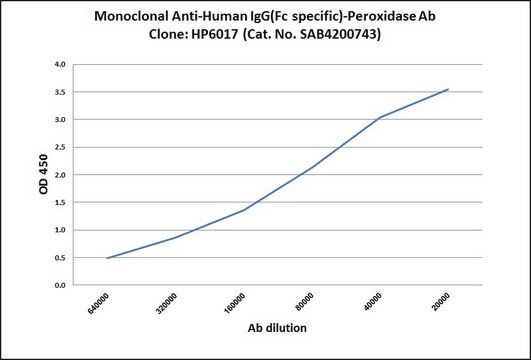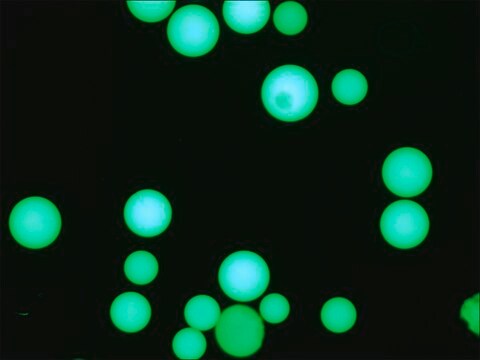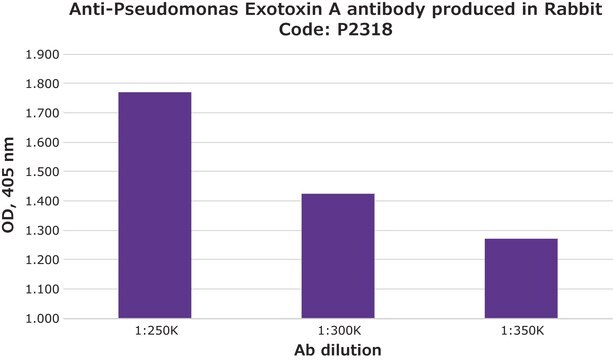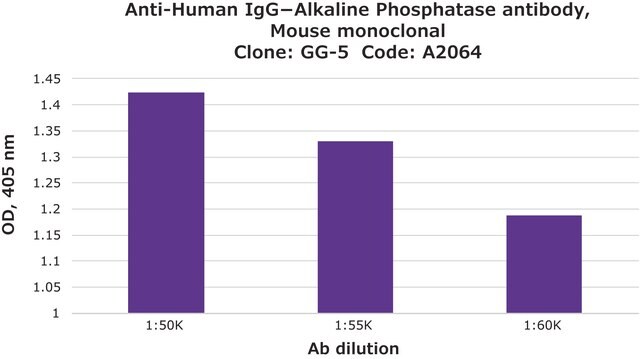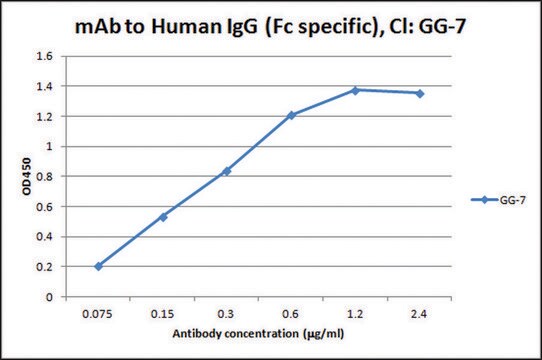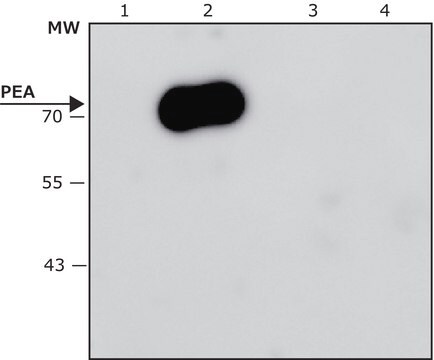SAB4200790
Anti-Human IgG (Fc specific)-Peroxidase antibody, Mouse monoclonal
clone GG-7, purified from hybridoma cell culture
Synonym(s):
Anti-Human immunoglobulin G
About This Item
Recommended Products
biological source
mouse
Quality Level
conjugate
peroxidase conjugate
antibody form
purified from hybridoma cell culture
antibody product type
primary antibodies
clone
GG-7, monoclonal
form
lyophilized powder
species reactivity
human
technique(s)
direct ELISA: 1:40,000-1:80,000 using 2.5 μg/mL human IgG1 for coating
isotype
IgG1
shipped in
dry ice
storage temp.
−20°C
target post-translational modification
unmodified
General description
The Fc fragment has various important functions such as complement fixation, site for rheumatoid factor (autoantibody directed to Fc) attachment, passage through the placental membrane and protein A binding. A certain population of lymphocytes also possess an "Fc receptor". These functions indicate the importance of immunoreagents specific for the Fc fragment of Human IgG.
Monoclonal Anti-Human IgG (Fc specific) is specific for the Fc fragment of Human IgG and is observed with all human IgG subclasses but not with the Fab fragment of human IgG, purified light chains, human IgA or human IgM.
Immunogen
Application
Physical form
Other Notes
Not finding the right product?
Try our Product Selector Tool.
Signal Word
Warning
Hazard Statements
Precautionary Statements
Hazard Classifications
Skin Sens. 1
Storage Class Code
12 - Non Combustible Liquids
WGK
WGK 2
Flash Point(F)
Not applicable
Flash Point(C)
Not applicable
Certificates of Analysis (COA)
Search for Certificates of Analysis (COA) by entering the products Lot/Batch Number. Lot and Batch Numbers can be found on a product’s label following the words ‘Lot’ or ‘Batch’.
Already Own This Product?
Find documentation for the products that you have recently purchased in the Document Library.
Our team of scientists has experience in all areas of research including Life Science, Material Science, Chemical Synthesis, Chromatography, Analytical and many others.
Contact Technical Service